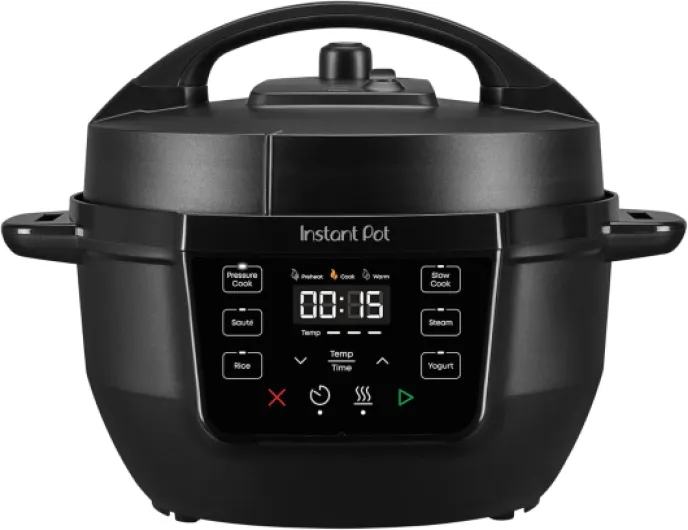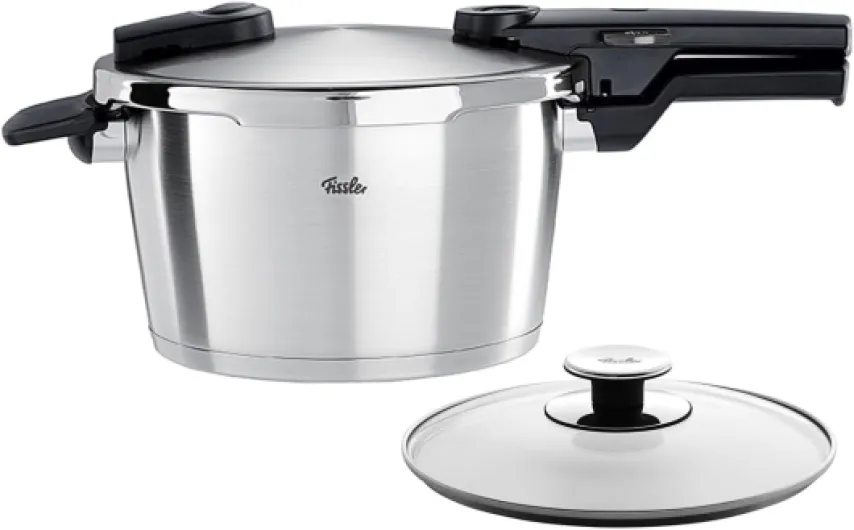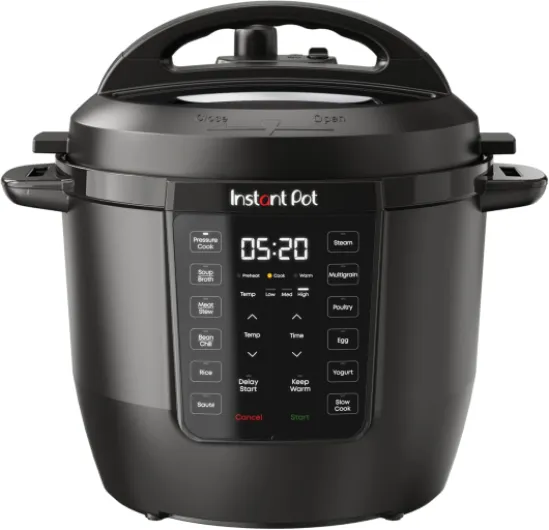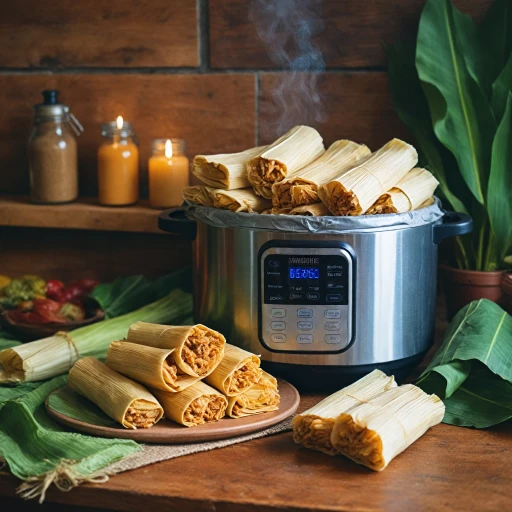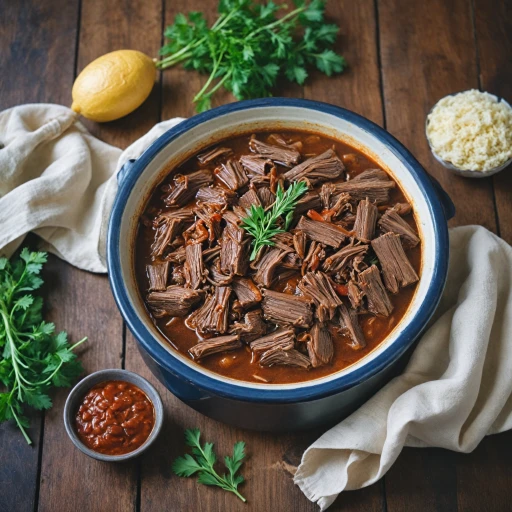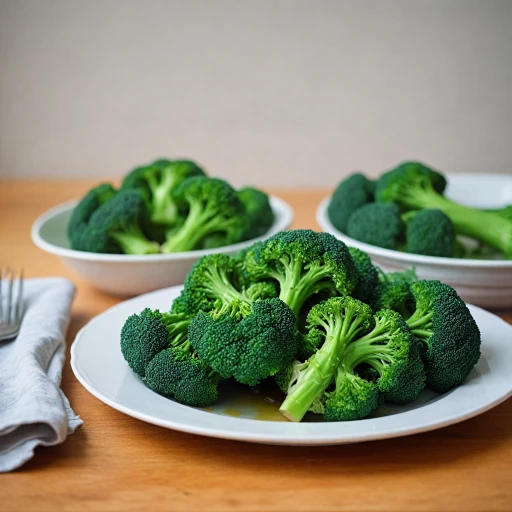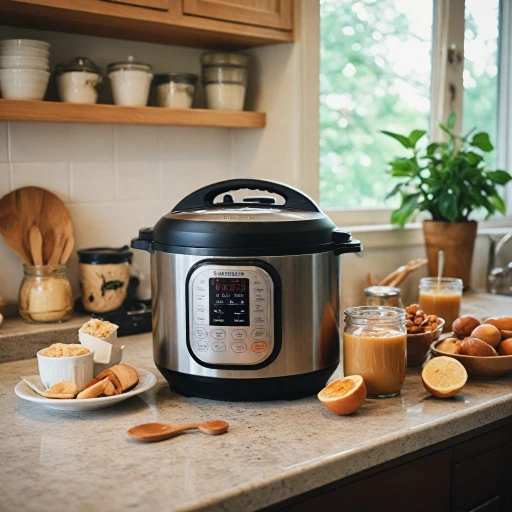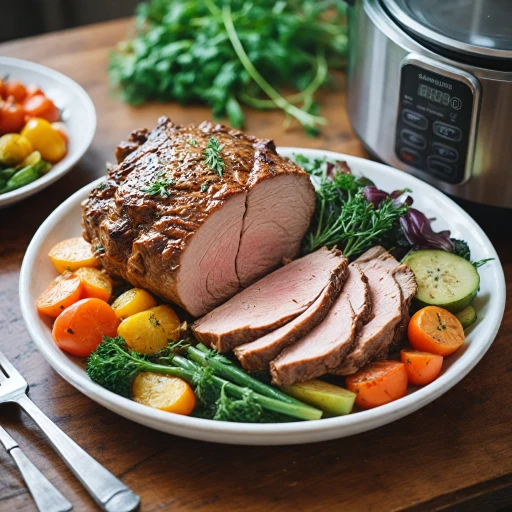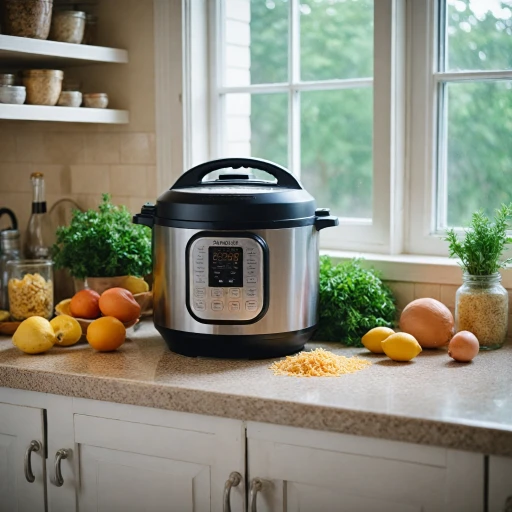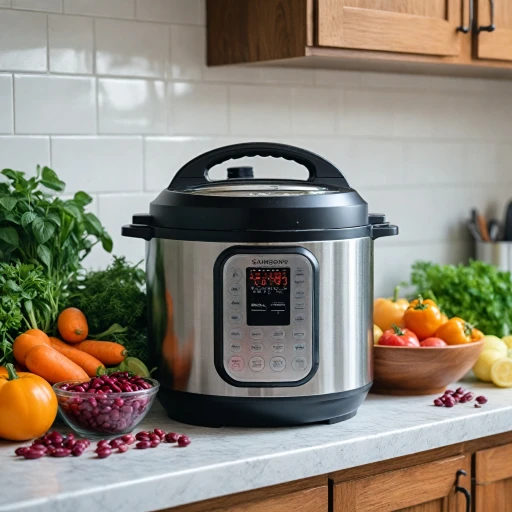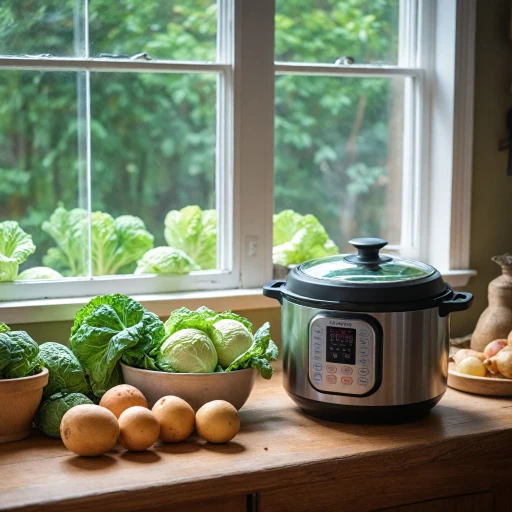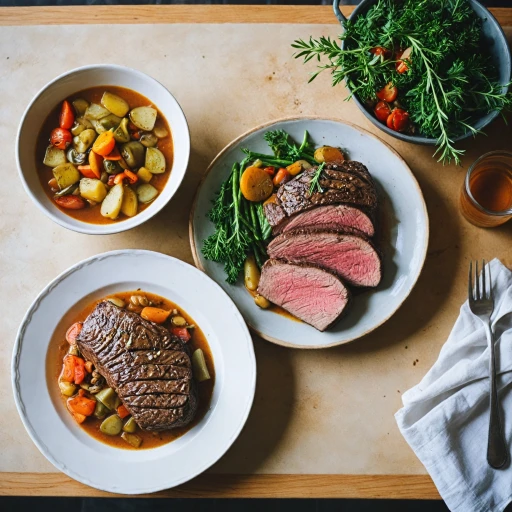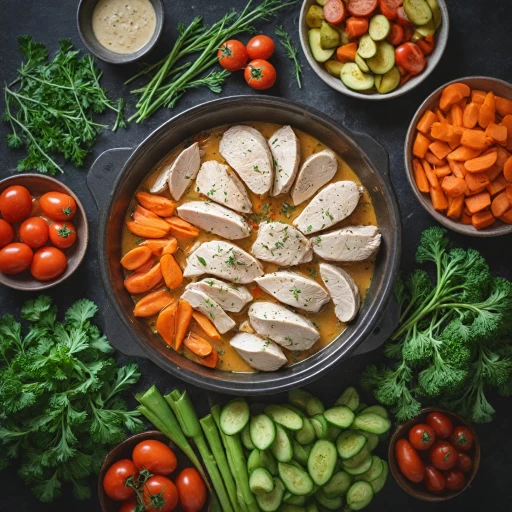
Understanding the Benefits of Pre-Soaking Beans
Why Pre-Soaking Beans Can Elevate Your Instant Pot Recipes
Cooking pre-soaked beans in an instant pot is a game-changer for both flavor and texture. Soaking beans before cooking can significantly reduce the cooking time, sometimes by half, making it an efficient choice when using a pressure cooker. But the benefits of soaking beans go beyond just saving minutes. Pre-soaking beans helps in eliminating some of the complex sugars that can cause digestive discomfort, ensuring you enjoy a delicious meal without any aftereffects. Furthermore, soaked beans tend to cook more evenly, which is essential for achieving that perfect texture, whether you're preparing chickpeas, black beans, or any other bean variety. Another remarkable advantage is that soaking not only makes beans easier to cook but also enhances their ability to absorb flavors. By pre-soaking, you'll ensure that when you add beans to your instant pot, they are already primed to soak in the savory broth and seasonings you introduce later in the cooking process. When you're ready to step up your game in the kitchen, getting familiar with soaking methods can also influence how well dried beans hold up during cooking. Soaked beans not only save time at high pressure but also reward you with better consistency and a more delicious outcome. For those keen on further exploring the wonders of cooking dried beans and similar delights in an electric pressure cooker, the insights on mastering the art of cooking baked potatoes in an electric pressure cooker could certainly enhance your culinary repertoire.Choosing the Right Beans for Your Instant Pot
Selecting Your Preferred Beans for Pressure Cooking
When setting out to cook beans in an instant pot, it's essential to choose the right type for optimal results. The cooking time can vary depending on the type of beans you decide to use. Here are some popular options to consider:- Chickpeas (Garbanzo Beans): These are a popular choice, often featured in recipes like hummus. Allow for a slightly longer cooking time compared to smaller beans.
- Black Beans: Known for their rich flavor, these beans cook well under high pressure and are perfect for tacos or stews.
- Kidney Beans: A staple in many chili recipes, these beans require thorough cooking to ensure they are soft and ready to absorb your favorite spices.
- Pinto Beans: Frequently used in refried beans, these are excellent for flavor absorption and will cook perfectly in the instant pot.
Step-by-Step Guide to Cooking Pre-Soaked Beans in an Instant Pot
Setting Up for Success: Preparing Your Pressure Cooker
To start cooking pre-soaked beans in your Instant Pot, ensure you have all the necessary ingredients and tools at hand. This step ensures a smooth and efficient cooking process.- Soaked Beans: Begin with well-soaked beans, such as chickpeas, for optimal tenderness and flavor. Soak dried beans in water for several hours or overnight.
- Water or Broth: Add enough liquid, whether it’s water or broth, to cover the beans. This will prevent them from drying out and enhance their flavor.
- Salt and Seasonings: Incorporate salt and any desired seasonings to taste. Since pressure cooking intensifies flavors, a small amount goes a long way.
Getting the Right Cook Time
Properly setting the cook time is crucial for perfectly cooked beans. For most beans, the ideal cooking time under high pressure is between 8 to 10 minutes. Keep in mind that cooking times may vary depending on the size and type of beans you choose.- Time Mins for Beans: Using the manual setting on your Instant Pot, set the timer for your desired minutes. For soft, tender beans, some recipes recommend around 10 minutes.
- High Pressure Cooking: Ensure your Instant Pot is set to high pressure for consistent results. This high-pressure setting reduces cooking time drastically compared to stovetop methods.
Finishing Touches: Quick Release vs. Natural Release
Once your beans have pressure cooked for the designated time, decide whether to use quick release or natural release:- Quick Release: Carefully vent the pressure immediately after cooking for firmer beans.
- Natural Release: Allow the pressure to decrease naturally if you prefer softer beans. This method also helps to retain more flavor in your cooking beans.
Common Mistakes to Avoid
Steering Clear of Common Blunders
Cooking pre-soaked beans in an instant pot can be a game-changer, but navigating away from frequent mistakes ensures your beans come out perfectly cooked every time. Here’s a list of pitfalls to avoid:- Skipping the Soak: Many assume soaking isn't necessary since pressure cookers speed up the process. Although skipping the soak seems convenient, it often results in unevenly cooked beans with a chalky texture.
- Too Little Water: Ensuring your beans are well-submerged in water is crucial. A general rule is to add beans and water at a 1:3 ratio. Without enough water, the beans can burn or cook unevenly.
- Incorrect Pressure Settings: High pressure and the appropriate cook time are vital. Typically, pre-soaked beans require around 20-30 minutes, depending on the type.
- Premature Salt Addition: While some recipes suggest adding salt early, doing so can prevent beans from softening. It's best to season with salt after the beans have cooked.
- Overfilling the Pot: Avoid overfilling your instant pot to allow for expansion and prevent any cooking mishaps. Follow the manufacturer's guidelines regarding maximum fill levels.
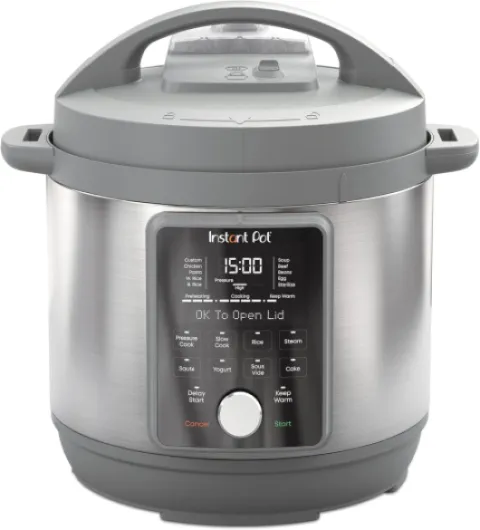
- + 9-in-1 functionality: Pressure Cooker, Slow Cooker, Steamer, Sauté, Yogurt Maker, Warmer, Sterilizer
- + Whisper Quiet operation
- + Large capacity with 8 quarts
- + Stainless Steel construction
- + App with over 800 recipes
Enhancing Flavor: Tips and Tricks
Elevate the Taste of Your Beans
Cooking beans in your instant pot can yield a delicious and flavorful result when you take the time to enhance their taste. The base flavor of beans can be transformed with a few simple additions, turning a basic ingredient into a standout dish.
Here are some tips and tricks to consider:
- Add Aromatics: Before pressure cooking, include aromatics like garlic, onions, or leek. They will infuse the beans with an irresistible aroma and a complex taste profile.
- Use Broth Instead of Water: Substituting water with vegetable or chicken broth can significantly enhance the flavor of your beans. The broth seeps into the beans, providing depth and richness.
- Salt Wisely: While opinions differ, adding salt to the cooking water is often recommended as it seasons the beans inside out. Some prefer adding it later to prevent tough skins, but most agree it enhances flavor.
- Mix in Additions After Cooking: Once your beans have completed their cooking cycle, consider mixing in cooked ingredients like diced tomatoes, cooked sausage, or balsamic vinegar to boost flavor.
- Spice It Up: Introduce spices like cumin, coriander, or smoked paprika during the initial cooking phase. These spices will bloom under the high-pressure environment, integrating seamlessly.
Explore these methods and choose the ones that suit your recipe best. Each suggestion amplifies the beans' inherent flavor, creating a dish that is more than just cooked beans—it’s a gastronomic delight.
Troubleshooting: What to Do When Things Go Wrong
Troubleshooting Tips for Cooking Perfect Beans
When working with an instant pot to cook pre-soaked beans, there are times when things might not go as planned. Whether your beans aren't cooked evenly or they're too mushy, addressing these common issues can help you achieve the desired results.
Beans Still Hard After Cooking:
- Ensure that you have adequately soaked your beans before starting the cooking process. Sometimes, older or expired dried beans can also be resistant to softening. In case your beans remain hard after cooking, repeat the cooking cycle for additional minutes mins on high pressure.
Mushy or Overcooked Beans:
- To avoid mushy results, verify if you've reduced the pressure cook time for your particular variety of beans. If the beans have been cooked more than expected, lower the subsequent cooking time.
- Use the natural release method for pressure, allowing the pot to release pressure gradually rather than using a quick release.
Lack of Flavor:
- Enhance the taste by using broth instead of plain water as your beans water base before cooking. Consider adding salt after cooking to avoid toughening the beans during the pressure cooking process.
- Incorporate spices or herbs after the beans have cooked well. Adding ingredients like garlic, bay leaves, or onions can boost flavor profiles.
Pot Not Reaching Pressure:
- If the instant pot doesn’t reach the necessary pressure, check for an adequate amount of liquid in the pot. Ensuring a minimum water level is essential for pressure building.
- Inspect the sealing ring for any damages or improper positioning.
By being mindful of these potential issues and using these troubleshooting tips, you can confidently cook beans in an instant pot without hassle. Adjusting cooking procedures based on the bean type and desired texture ensures a delicious and satisfying outcome.
